some major european collections
bluespruce53
16 years ago
Related Stories
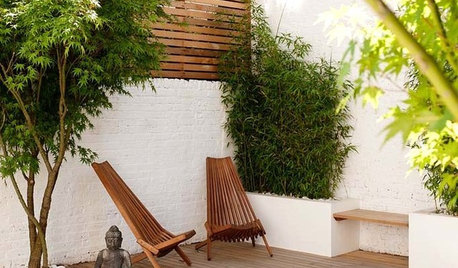
GARDENING AND LANDSCAPINGGive Your Compact Patio Some Major Style
11 ideas and examples to take your outdoor room from snoozefest to stellar
Full Story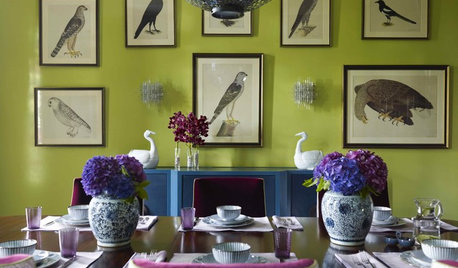
ACCESSORIESCollective Wisdom: Display Ideas for Collections of All Kinds
Show your interests without exposing clutter by going for artful arrangements with a unified feel
Full Story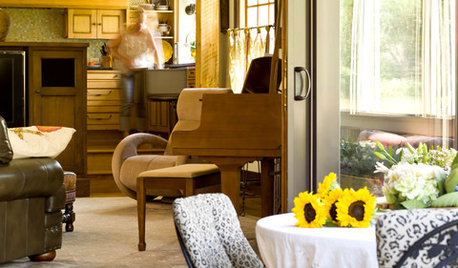
HOUZZ TOURSMy Houzz: European Heritage Animates an Illinois Home
An art-loving family pays tribute to their Lithuanian roots with one-of-a-kind traditional folk pieces and hand-crafted collectibles
Full Story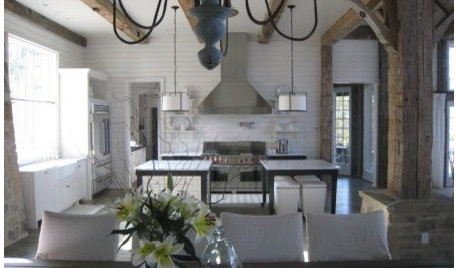
KITCHEN DESIGNDefining a Look: European Eclectic Kitchens
How to get away with not so many wall cabinets (and still find storage)
Full Story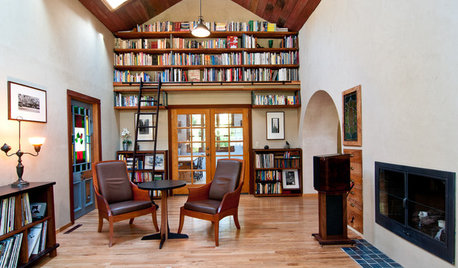
HOUZZ TOURSMy Houzz: Old-World European Flair in Oregon
Custom woodwork, stained glass and Arts and Crafts touches create warm, earthy interiors in a ranch-style home
Full Story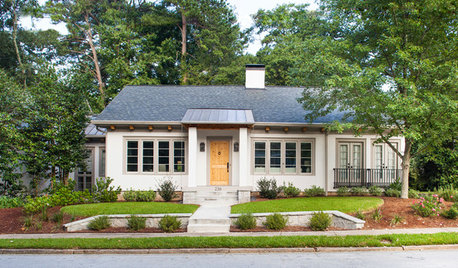
BEFORE AND AFTERSHouzz Tour: A Georgia Foreclosure Gets a Major Overhaul
Gutting and redesigning turn a mishmash 1925 home into a unified haven with better flow
Full Story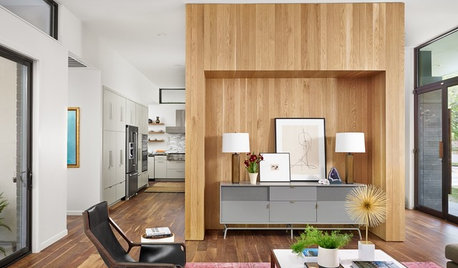
THE ART OF ARCHITECTURE4 Homes With Major Storage That Looks Great
Wish you had more room for your stuff? Get ideas from these inspiring built-in storage designs
Full Story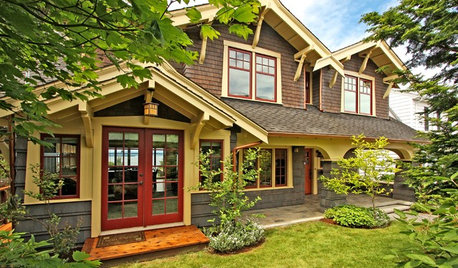
HOUZZ TOURSHouzz Tour: Major Changes Open Up a Seattle Waterfront Home
Taken down to the shell, this Tudor-Craftsman blend now maximizes island views, flow and outdoor connections
Full Story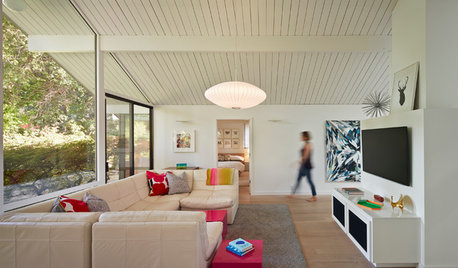
MIDCENTURY HOMESHouzz Tour: An Eichler's Interior Gets a Major Overhaul
Extensive interior work gives a 1973 home in California better flow and a brighter outlook
Full Story
BATHROOM DESIGNMajor Makeover: Bland to Evocative Asian-Style Bath
A complete remodel gives a bathroom an unexpected yet thoroughly calming presence, with reinterpreted Asian style
Full Story





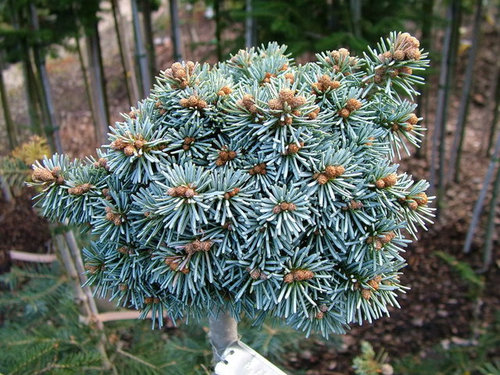


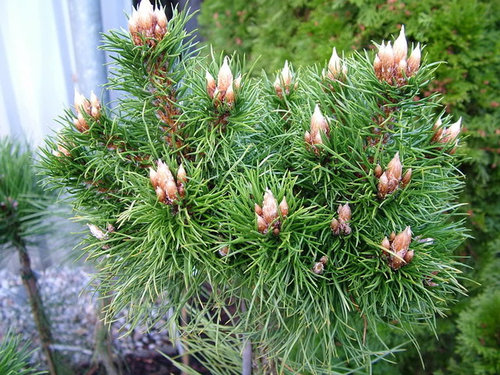



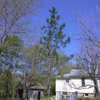
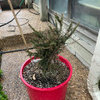


conifers
ken_adrian Adrian MI cold Z5
Related Professionals
Glendora Landscape Architects & Landscape Designers · La Marque Landscape Architects & Landscape Designers · Paradise Landscape Architects & Landscape Designers · Surprise Landscape Contractors · Barrington Landscape Contractors · College Park Landscape Contractors · Elmhurst Landscape Contractors · Hawthorne Landscape Contractors · Lakeville Landscape Contractors · Monterey Landscape Contractors · North Chicago Landscape Contractors · Oklahoma City Landscape Contractors · Pleasant Prairie Landscape Contractors · View Park-Windsor Hills Landscape Contractors · Oxon Hill Landscape Contractorsdcsteg
bluespruce53Original Author
treelover3
Luv My Conifers
jaro_in_montreal
bluespruce53Original Author